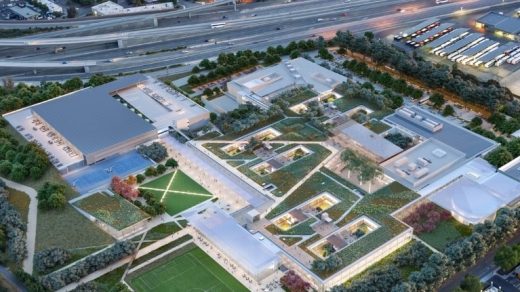Microsoft: Zero Carbon, Zero Waste
Microsoft: Zero Carbon, Zero Waste
Microsoft plans to cut operational carbon emissions by 75% in the next 11 years as it strives to reach 100% renewable energy that will power servers that support search, cloud computing and other technologies.

Brad Smith, Microsoft president, outlined in a blog post the steps and technology the company will take. Some of the technology involves artificial intelligence and machine learning.
The Redmond, Washington campus, for example, will get 17 new buildings totaling 2.5 million square feet. Fossil fuels are being removed to run them. They all will run on 100% carbon-free electricity. The amount of carbon associated with the construction materials in the new buildings is being reduced by at least 15%, with a goal of reaching 30%, through a new online tool that finds the leaks, so Microsoft can seal them.
Interestingly, Microsoft started a new “tax” in 2012 to hold each business division financially responsible for reducing their carbon emissions. The funds from this higher fee will maintain Microsoft’s carbon neutrality and help take a “tech-first approach that will put sustainability at the core of every part of our business and technology to work for sustainable outcomes,” per the post.
The data that comes from these tools helps to monitor the transition to low-carbon workspaces and informs Microsoft about the quality and well-being of the air, water and land. And from there it helps customers become more conscious about sustainability.
Microsoft has become an advocate for change. The data centers continue to focus on R&D for efficiency and renewable energy. Microsoft in 2016 announced it would power its data centers with more renewable energy. The company reached 50% by the end of 2018 and will reach 60% by the end of this year.
The plan also is to launch a new data-driven circular cloud initiative using the Internet of Things, blockchain and artificial intelligence to monitor performance and streamline the company’s reuse, resale and recycling of data center assets, including servers.
(22)


